We have always believed that the teachers are perhaps the most important stakeholders in the education ecosystem. They are the ones who shape the future of the country and have such an important role to play in the development of the society. However, in India today we face a huge shortage of teachers. Even a lot of the existing teachers in the schools are not well qualified. While we face, 1.4 million teacher shortage in schools, we face another serious problem of low teacher quality. The problem is prevalent both in rural and urban areas.
At Happy Horizons Trust, we launched the Teacher training and Leadership Development program called Soochak, for teachers in schools. The program is designed to provide a 360-degree development of the teacher leading to their capacity building.
We launched the Soochak project in July as a pilot with 2 schools. In August, we had a good opportunity to conduct the first part of series of workshops with the teachers of 2 different affordable private schools namely the Tagore Public School and the Rose Valley Secondary School in Simri Bakhtiarpur, Saharsa district. The first of the series of the workshops was around the theme of ‘System Design Thinking’.
What is System Design Thinking?
When working with fairly-complex systems, it is virtually impossible to get a deeper understanding of the system at one go. System Design Thinking allows one to have a very methodological approach to understanding better. It comprises of three main components.
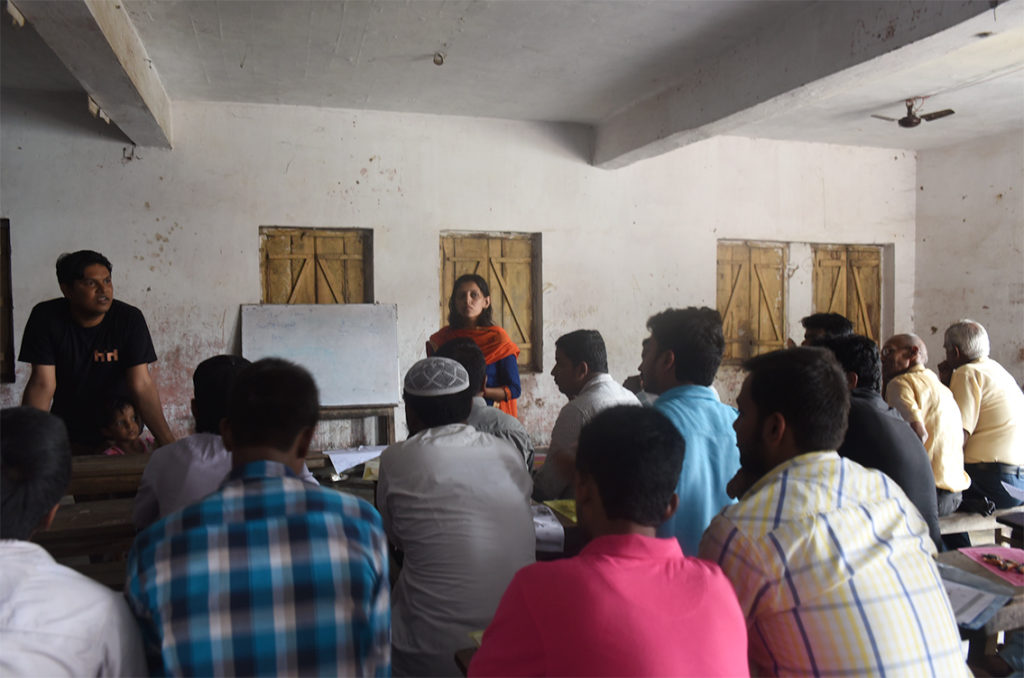
A deeper understanding of the system results in a better understanding of the different challenges that come with the work. System Design Thinking forces the participant to put emphasis on things they would have easily ignored in the past.
Introducing System Design Thinking to the teachers
For the teachers in the workshops, the workshop on System Design Thinking was to make the teacher aware of the complexity of the education space. Often the teachers are under this impression that their role starts with the children and ends with the children. In reality; this is not the case. The responsibility of the teacher is to keep in mind all the different stakeholders within the system. It is therefore imperative that the teacher gets a deeper understanding of the system by viewing the same system from the different stakeholders’ point of view. It is only when the teacher has understood this, they are able to understand the enormity of the challenge that comes with the role of a teacher and the teaching profession.
The Workshop
The workshop was divided into three parts. The first was to highlight some of the issues that existed in Bihar and the challenges of working in it and the second was to reflect upon the role as a teacher and question (or reflect) on why they became a teacher. The third part of the workshop was to familiarize the participants with aspects of the Design Thinking Process.
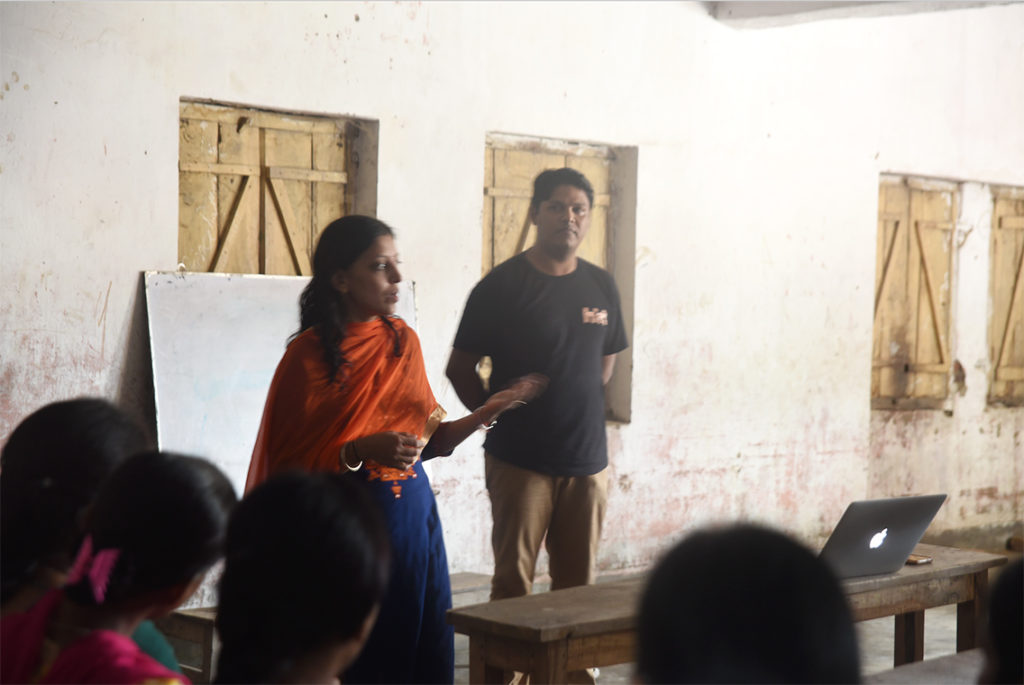
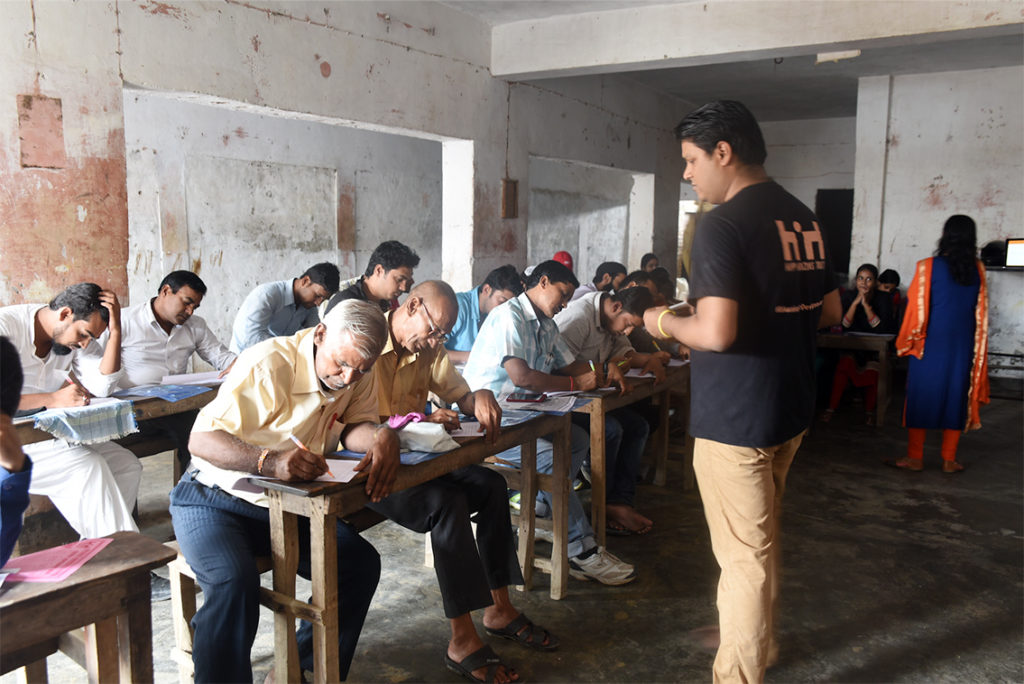
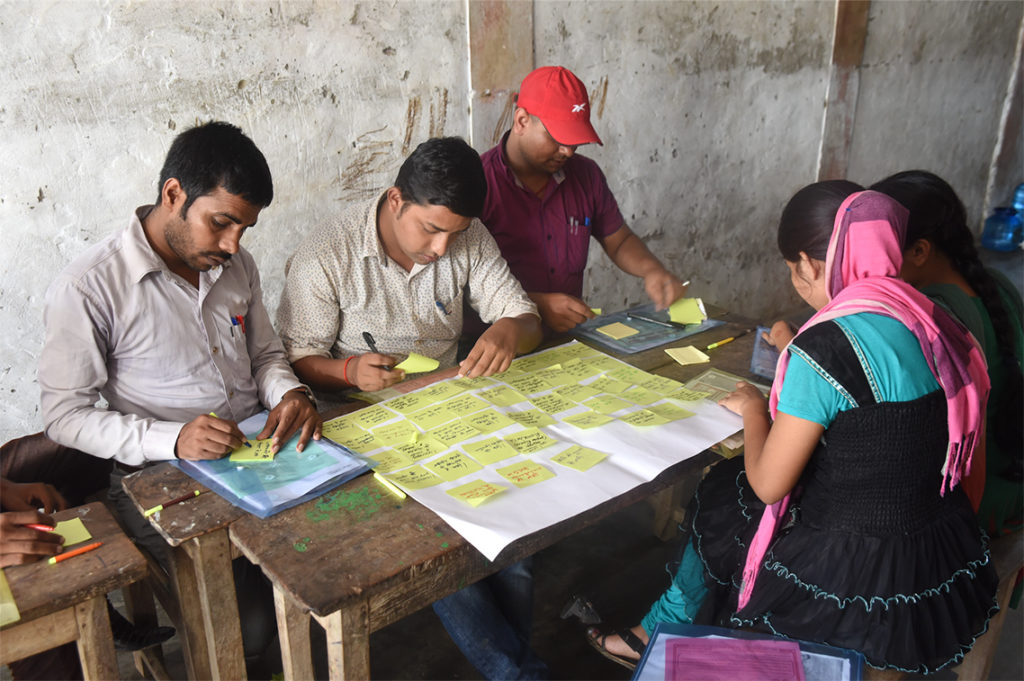
Observations
It was amazing to see the response of the teachers and the cooperation they showed during the workshop. The feedback we received was highly positive, mainly because this was perhaps the first time anyone was attending any workshop of this kind. While at the beginning, the participants were a bit hesitant to speak, as the workshop progressed, we observed interactions happening within the teams. The more these interactions happened, the more post-it notes got filled out. In fact, we had a few teams ask for more post-its and chart papers.

Conclusion
At the end of the workshop, it was important for everyone to feel immensely positive about working in education. These are health first signs that we have received from the teachers and their response. For the program to be successful, it is important to keep a regular check on the implementation of the learning from the workshop.
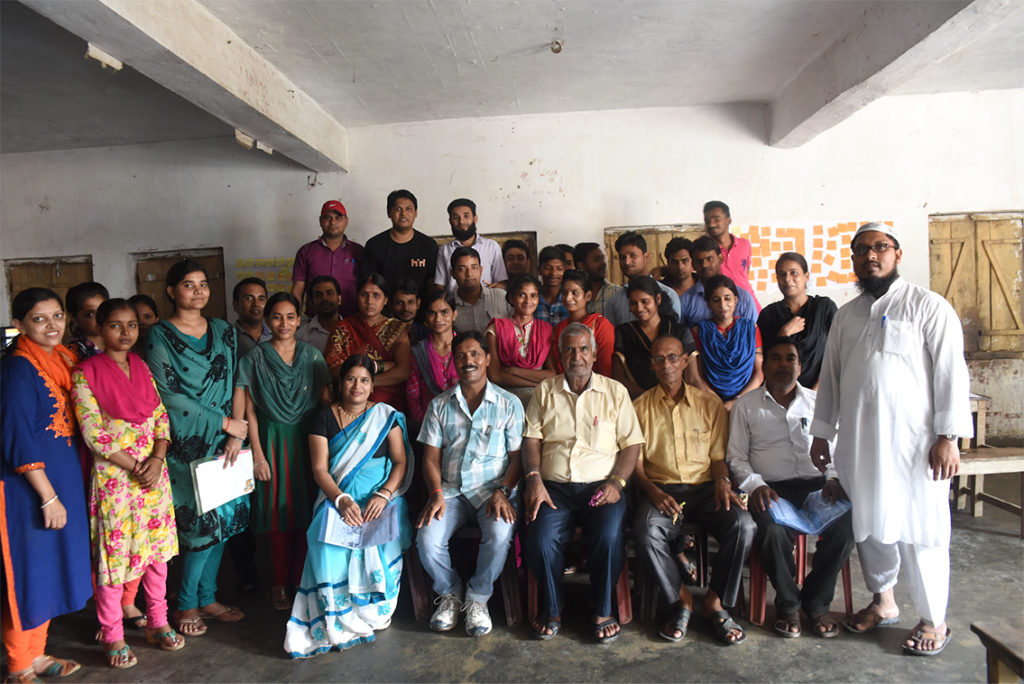
Next steps
The next in line is the workshop around ‘Classroom Culture’. The main emphasis on this is going to be understanding the psychology of the different stakeholders. The prime focus is going to be on children. We will have exercises and engagement on the things that the teacher should keep in mind from the child’s perspective to making his / own teaching experience memorable. If a teacher has been able to create a Classroom Culture that he / she is truly passionate about, it is definite that the students will have a great learning experience.
The next workshop is scheduled for the first week of October.
Kshitiz & Vatsala